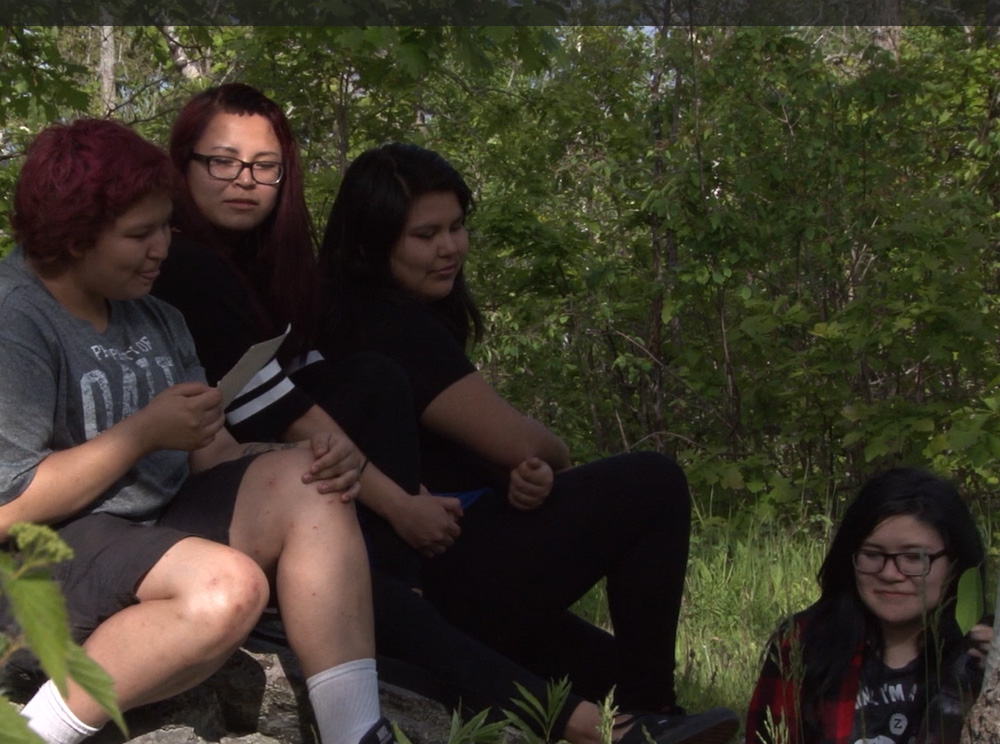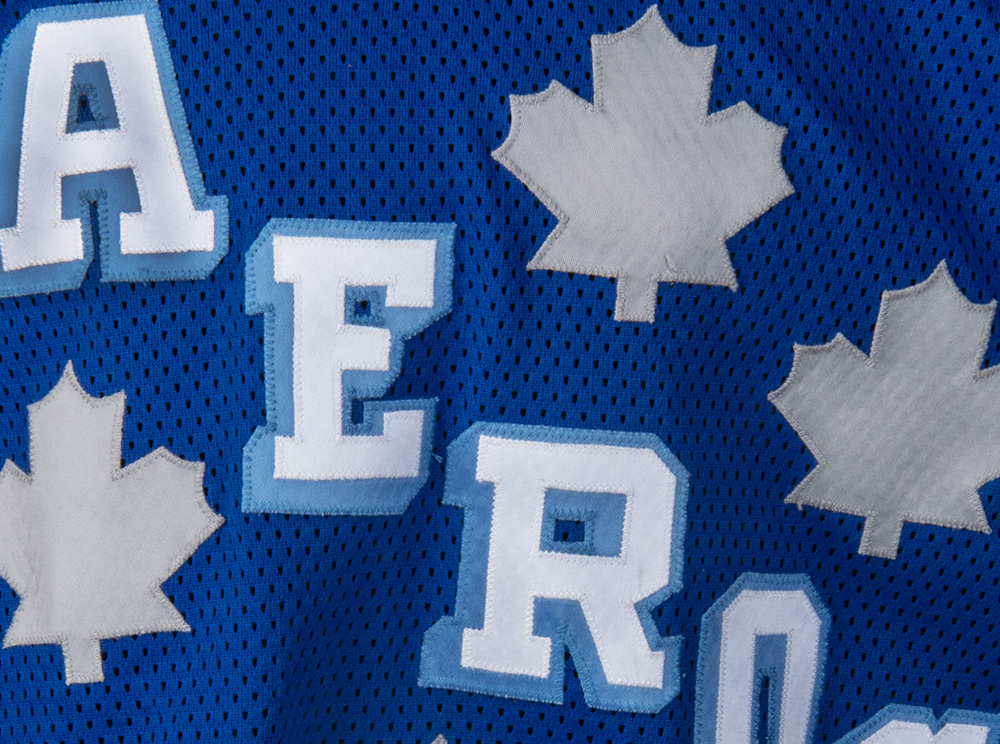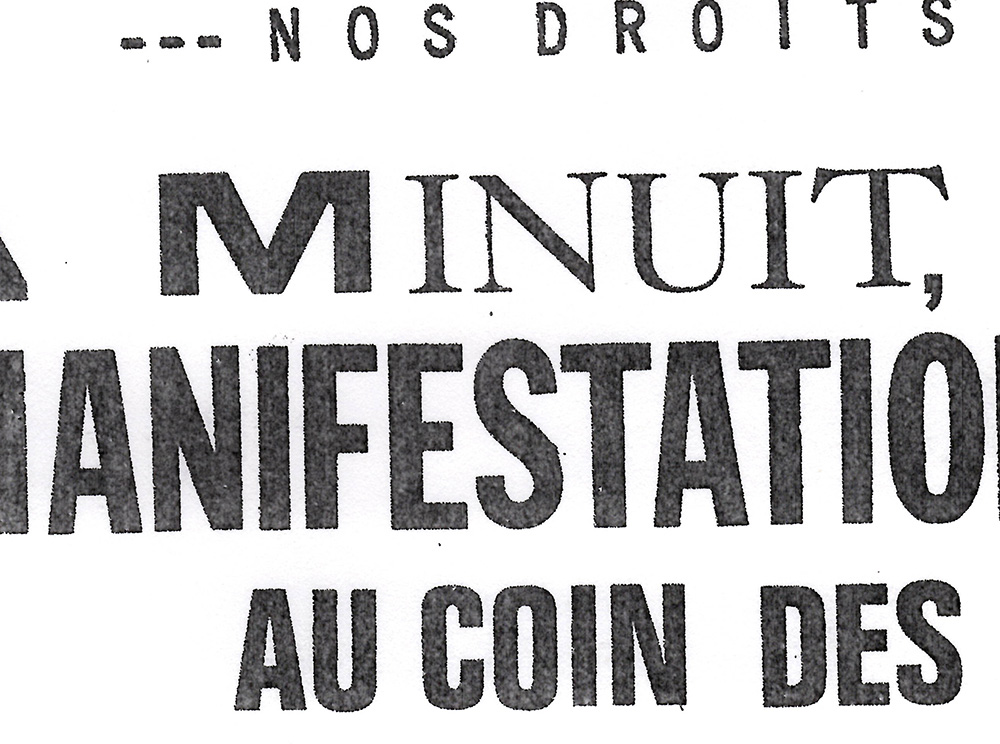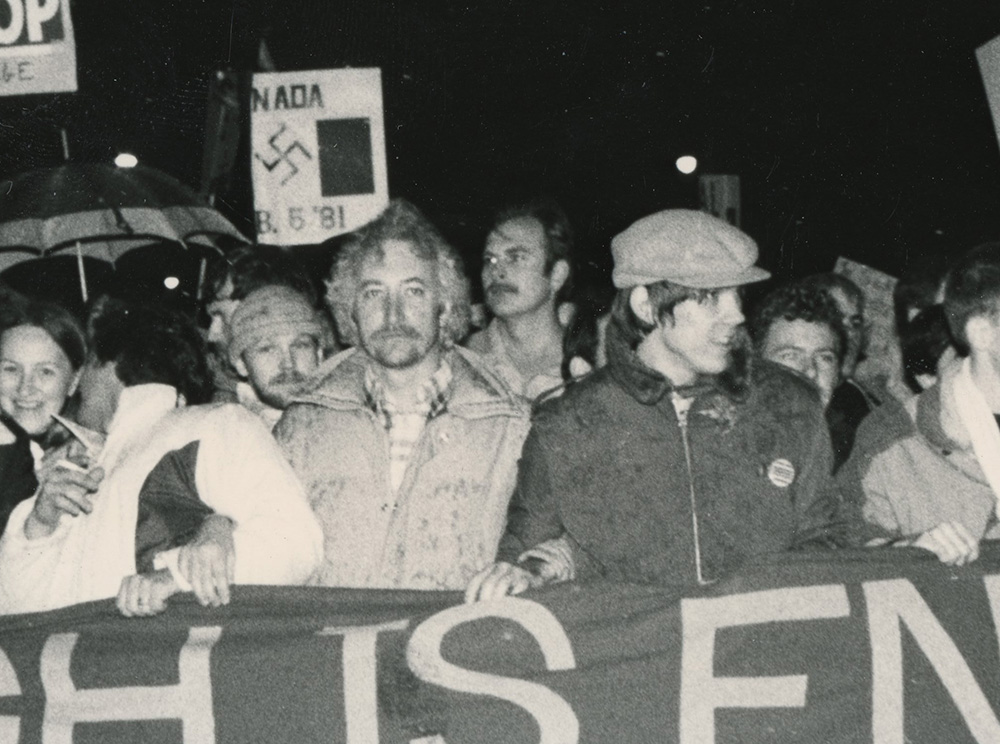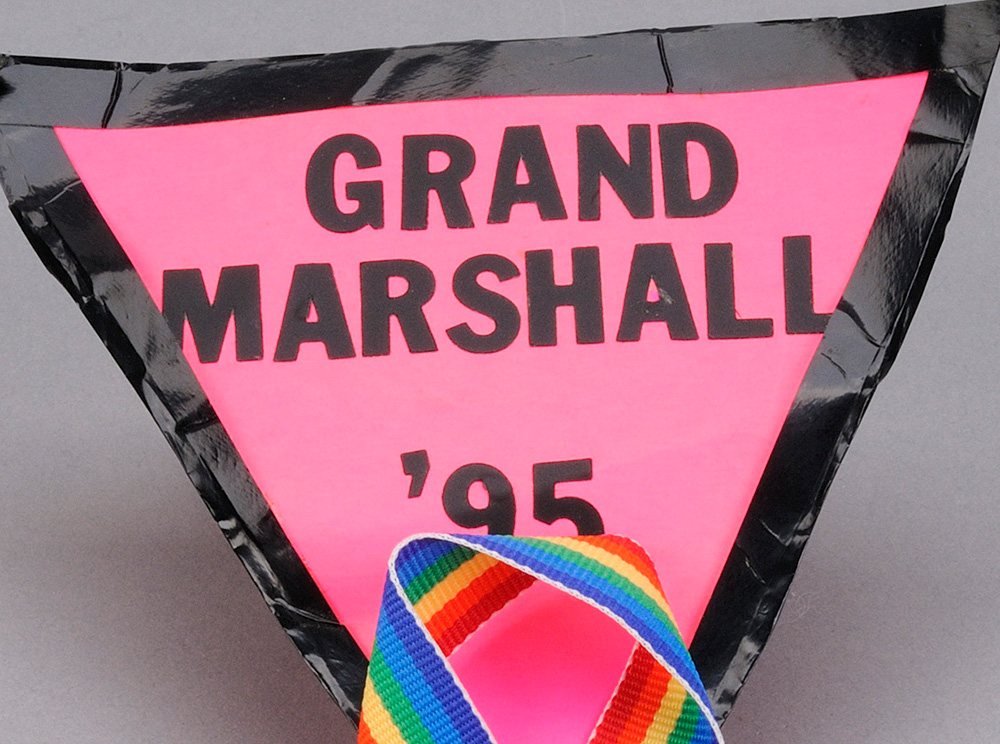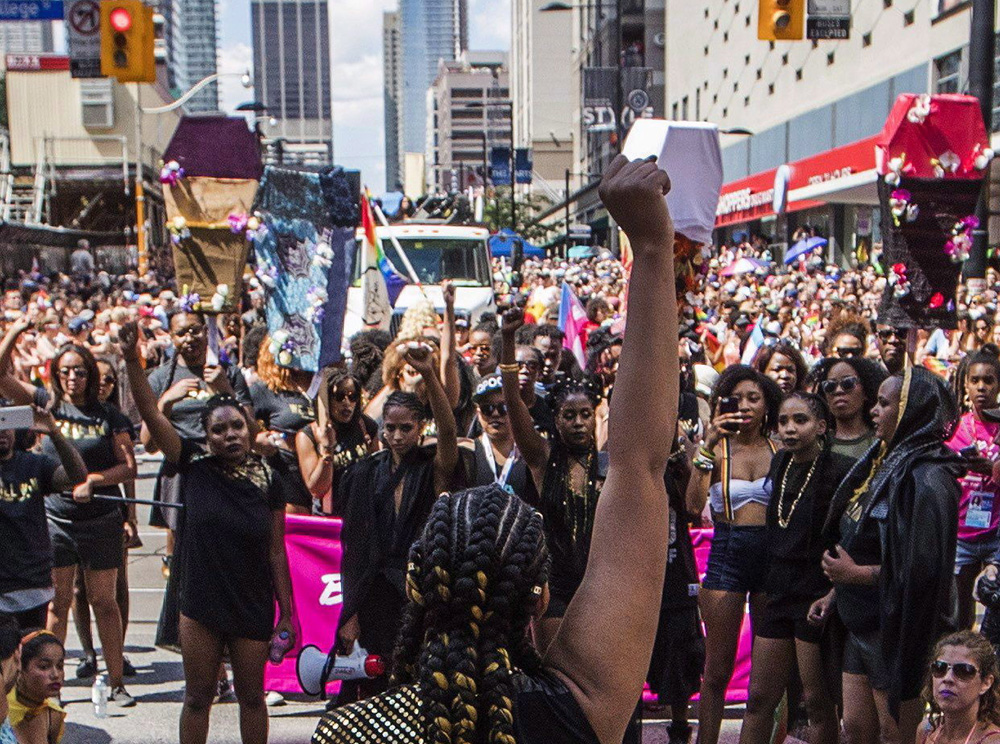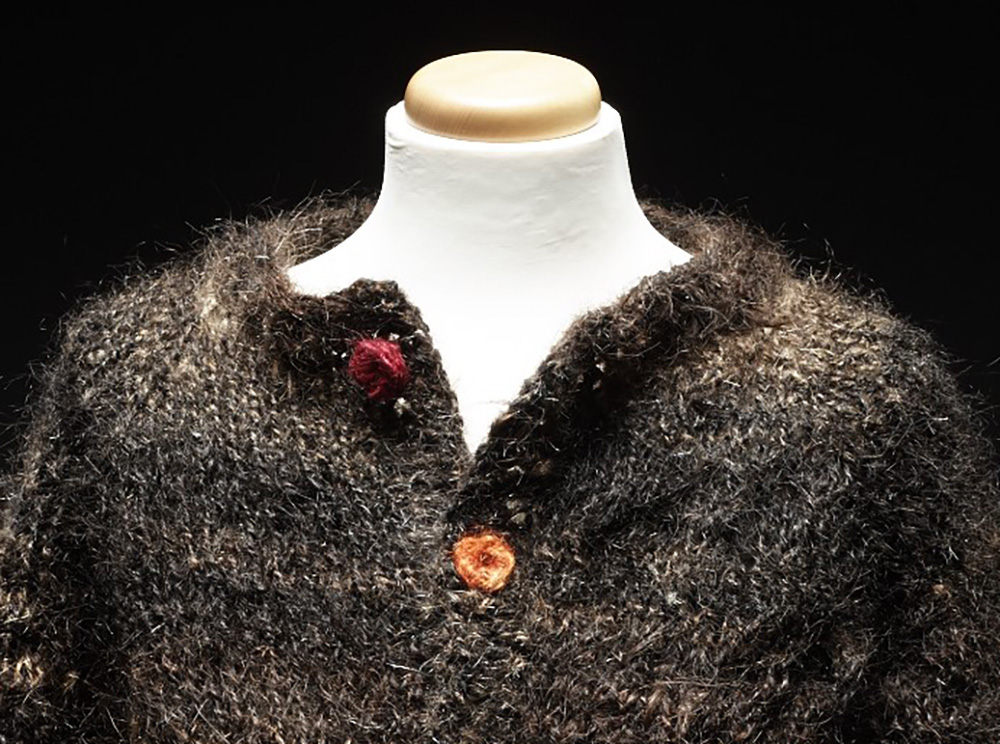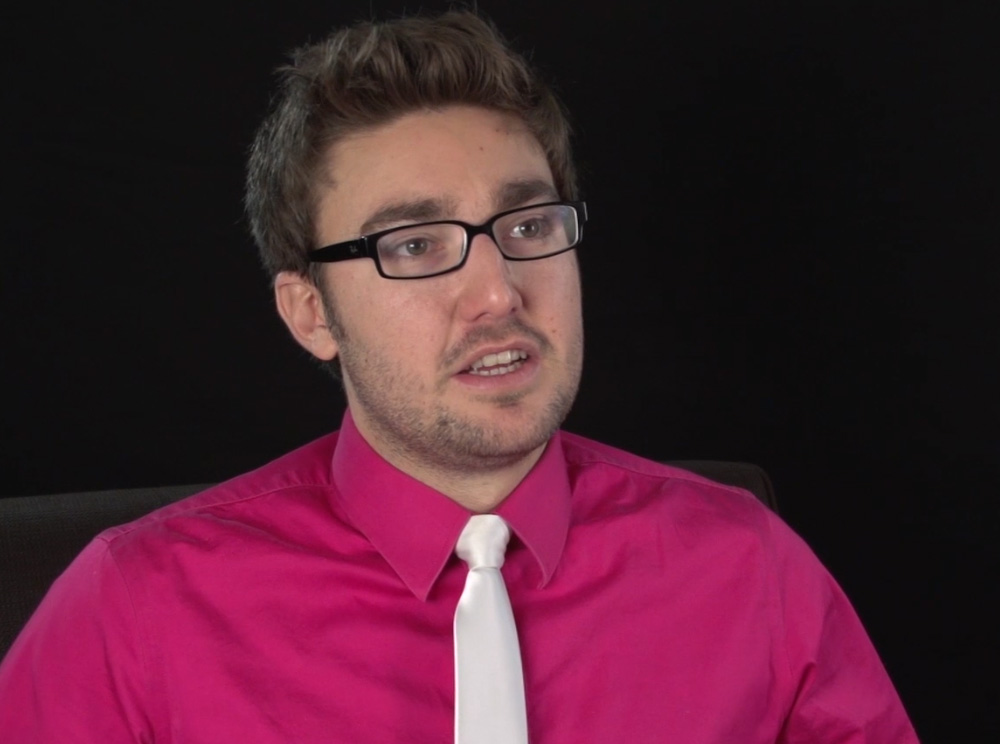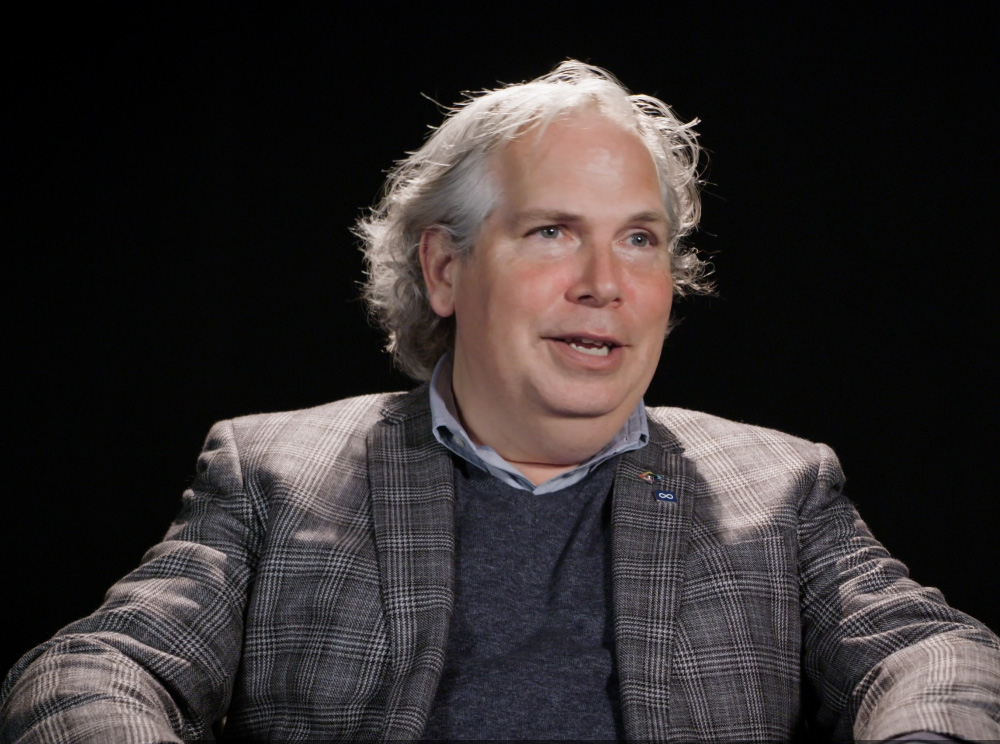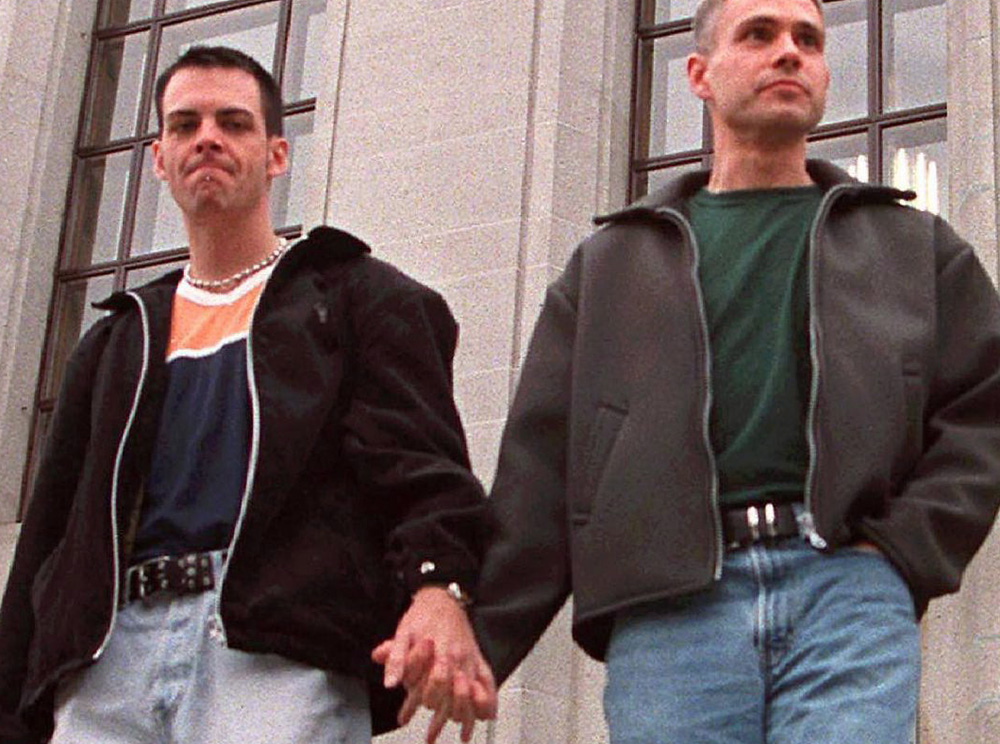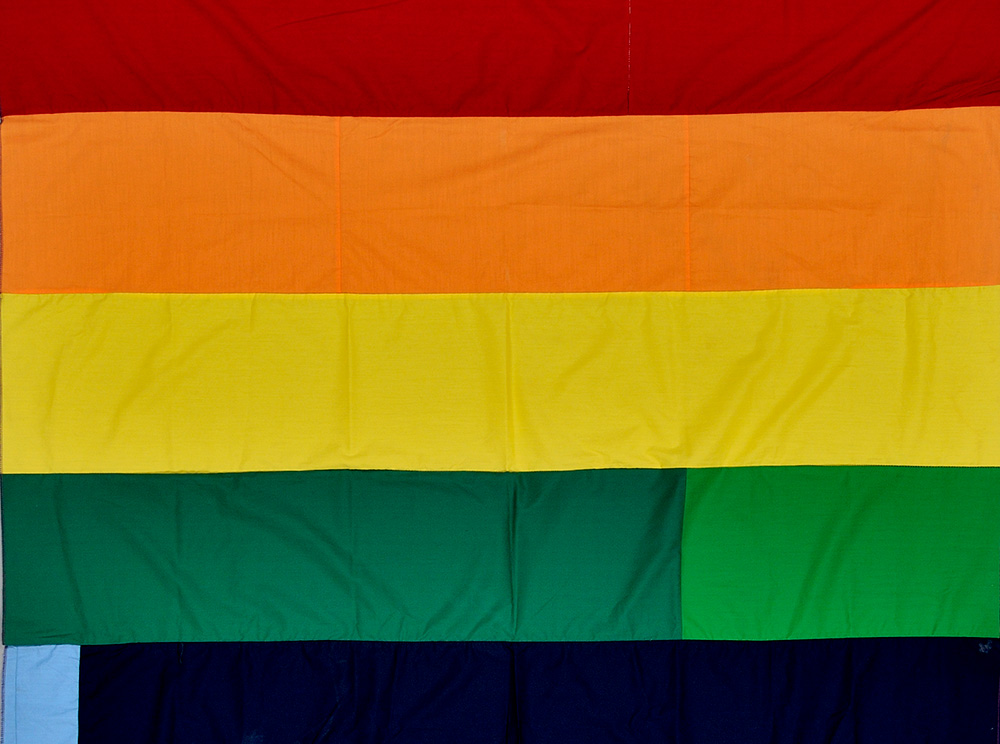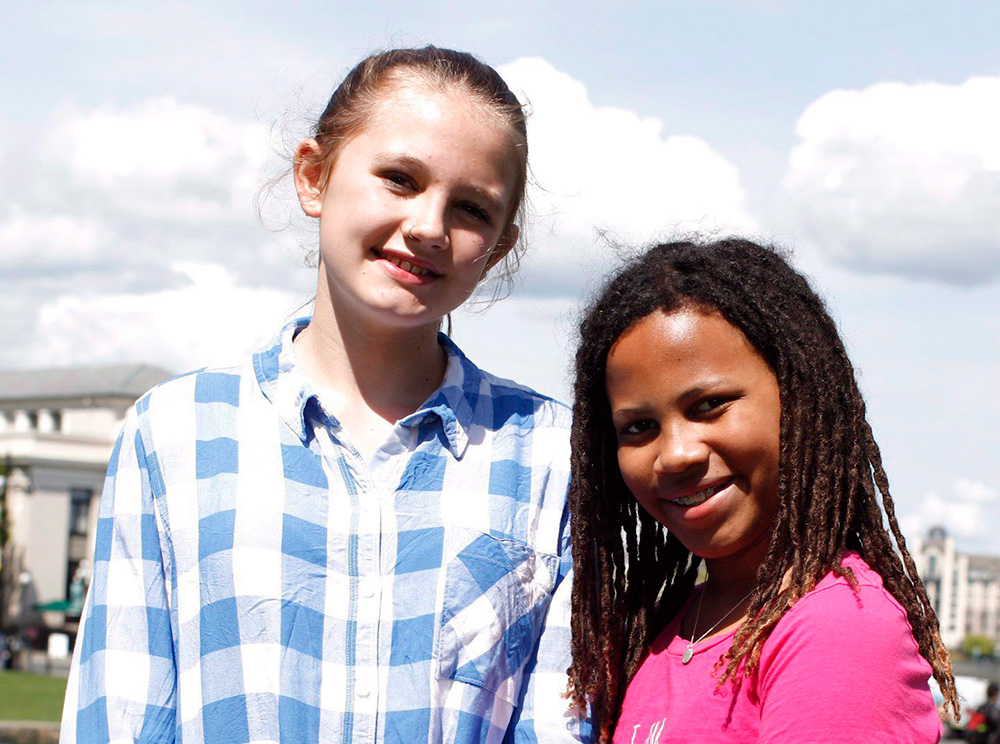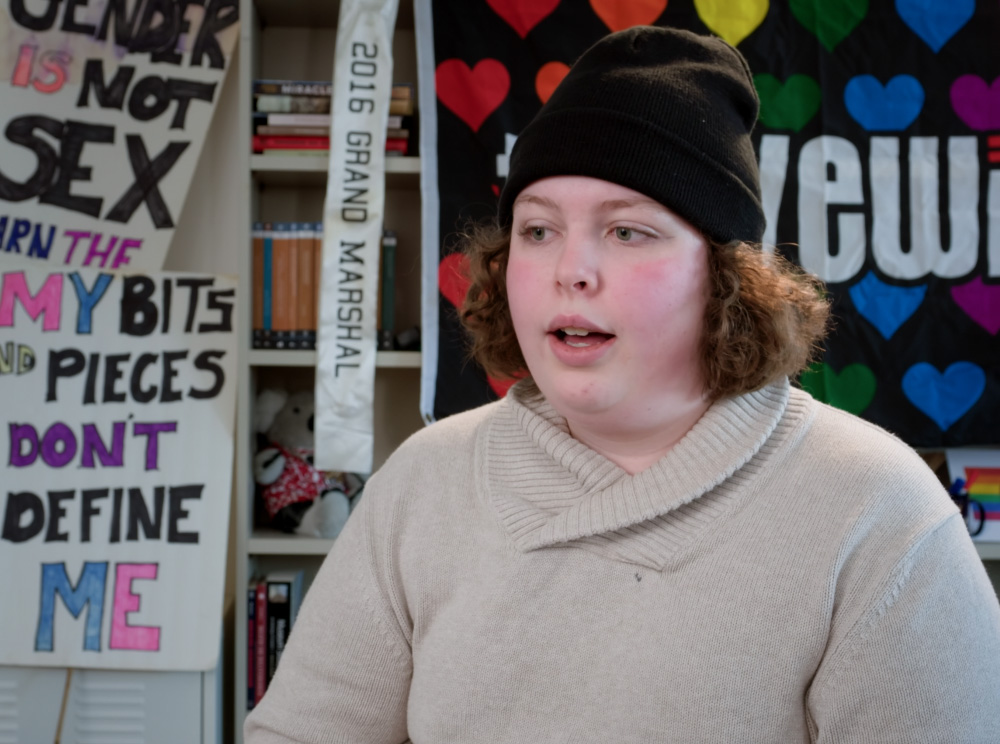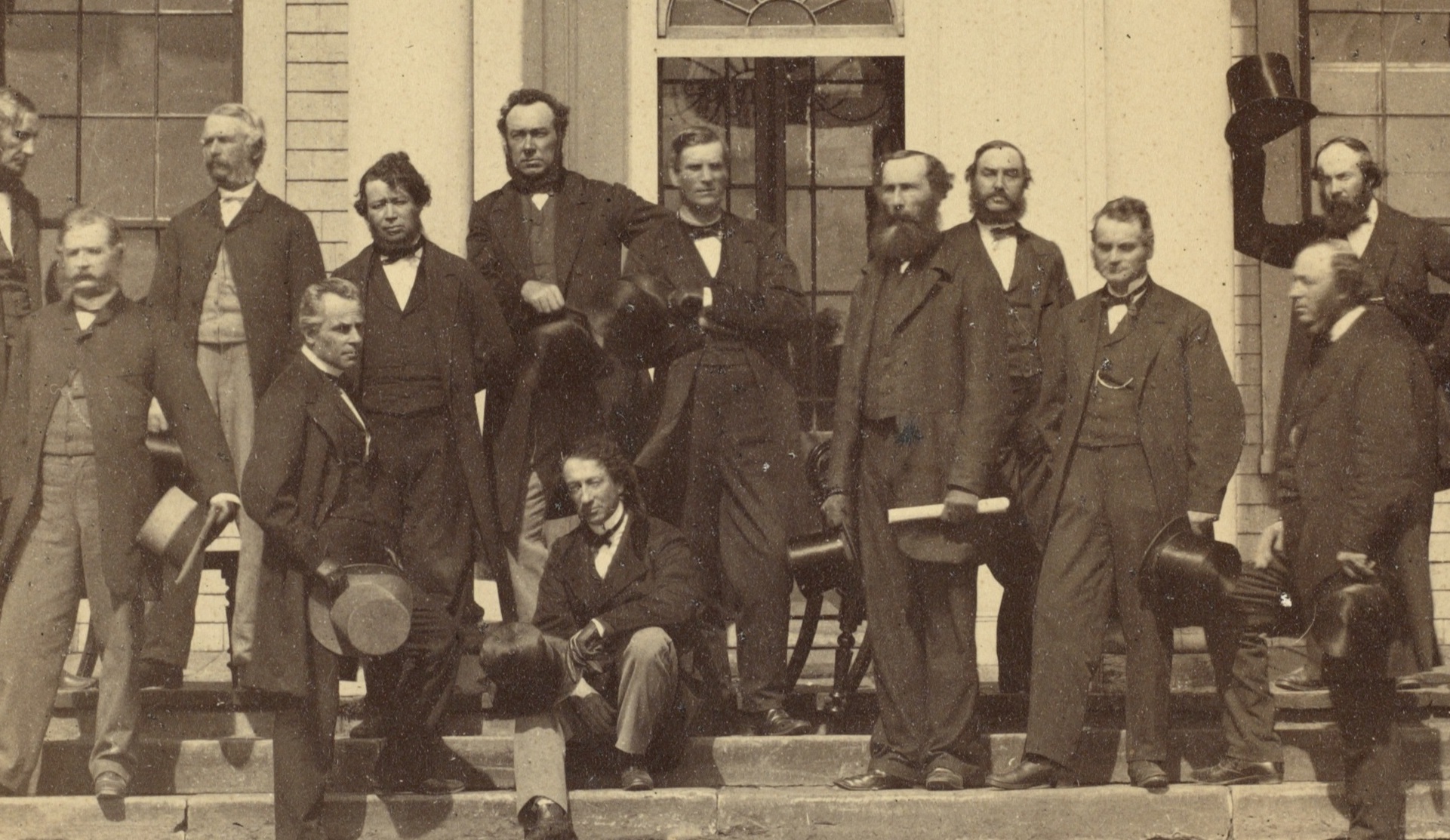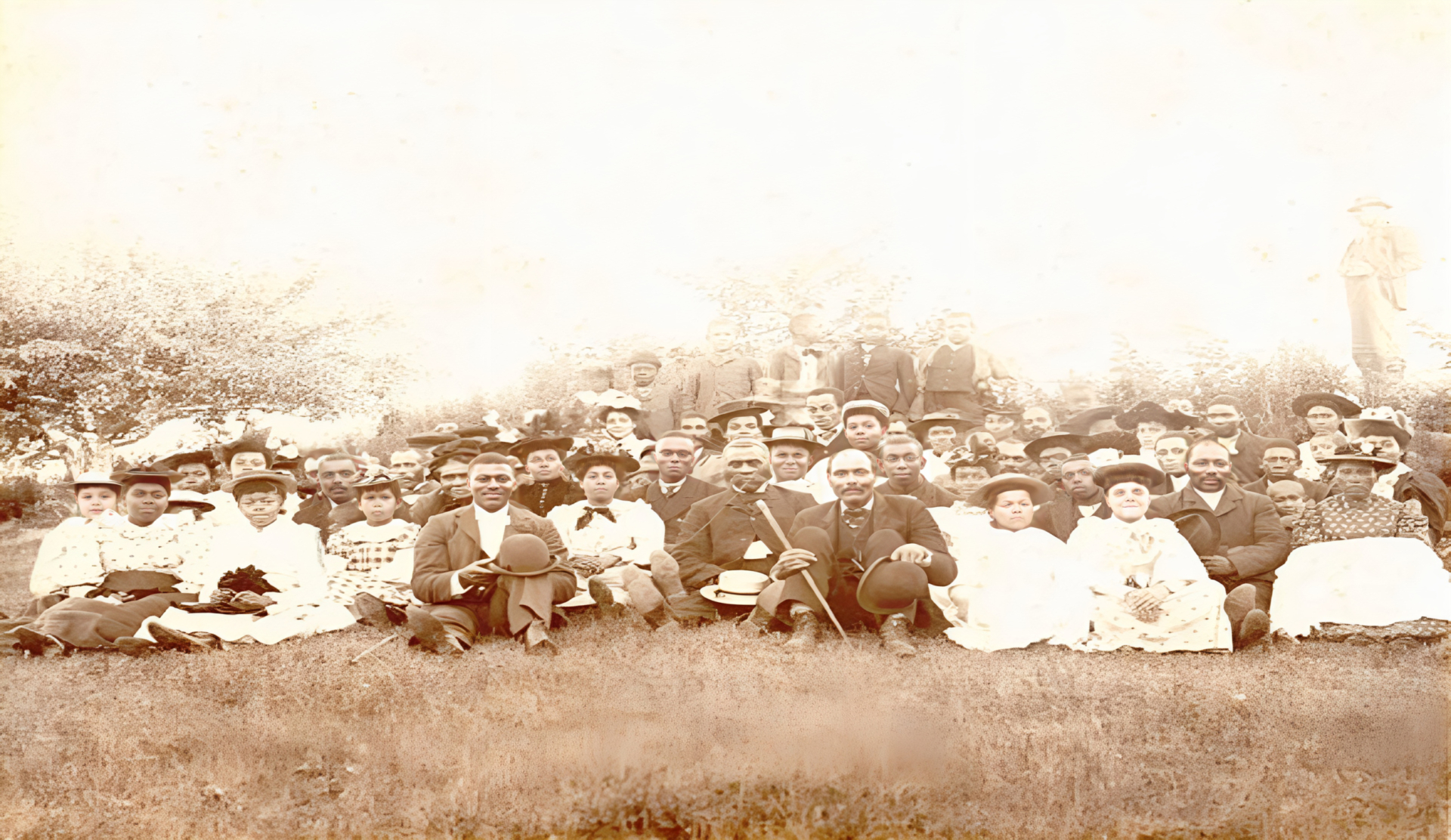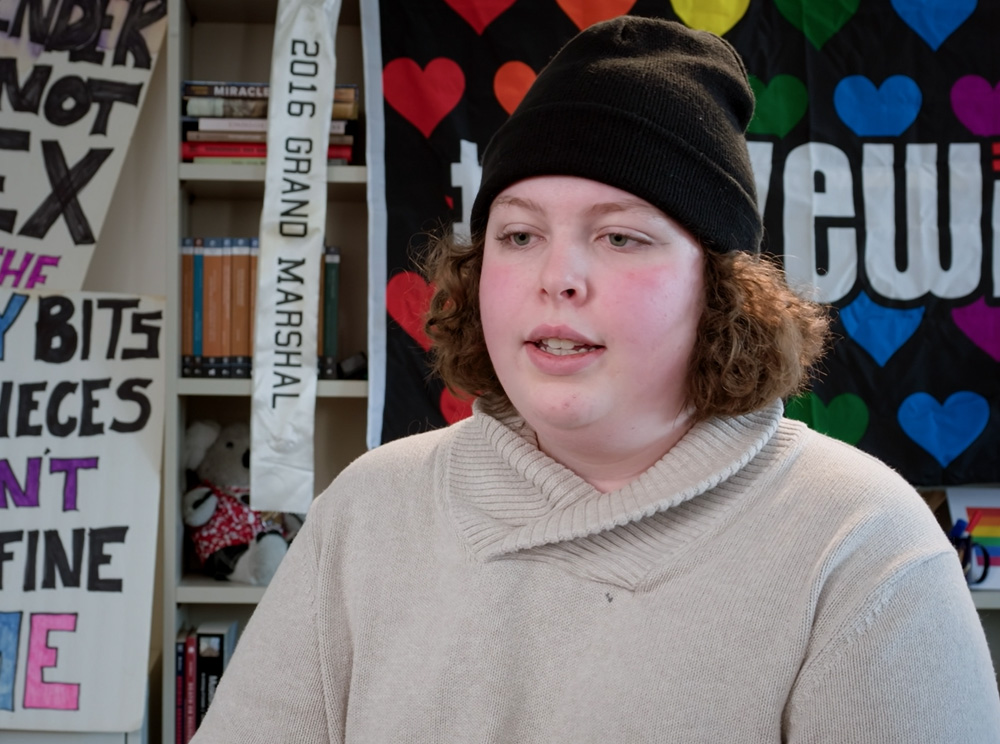
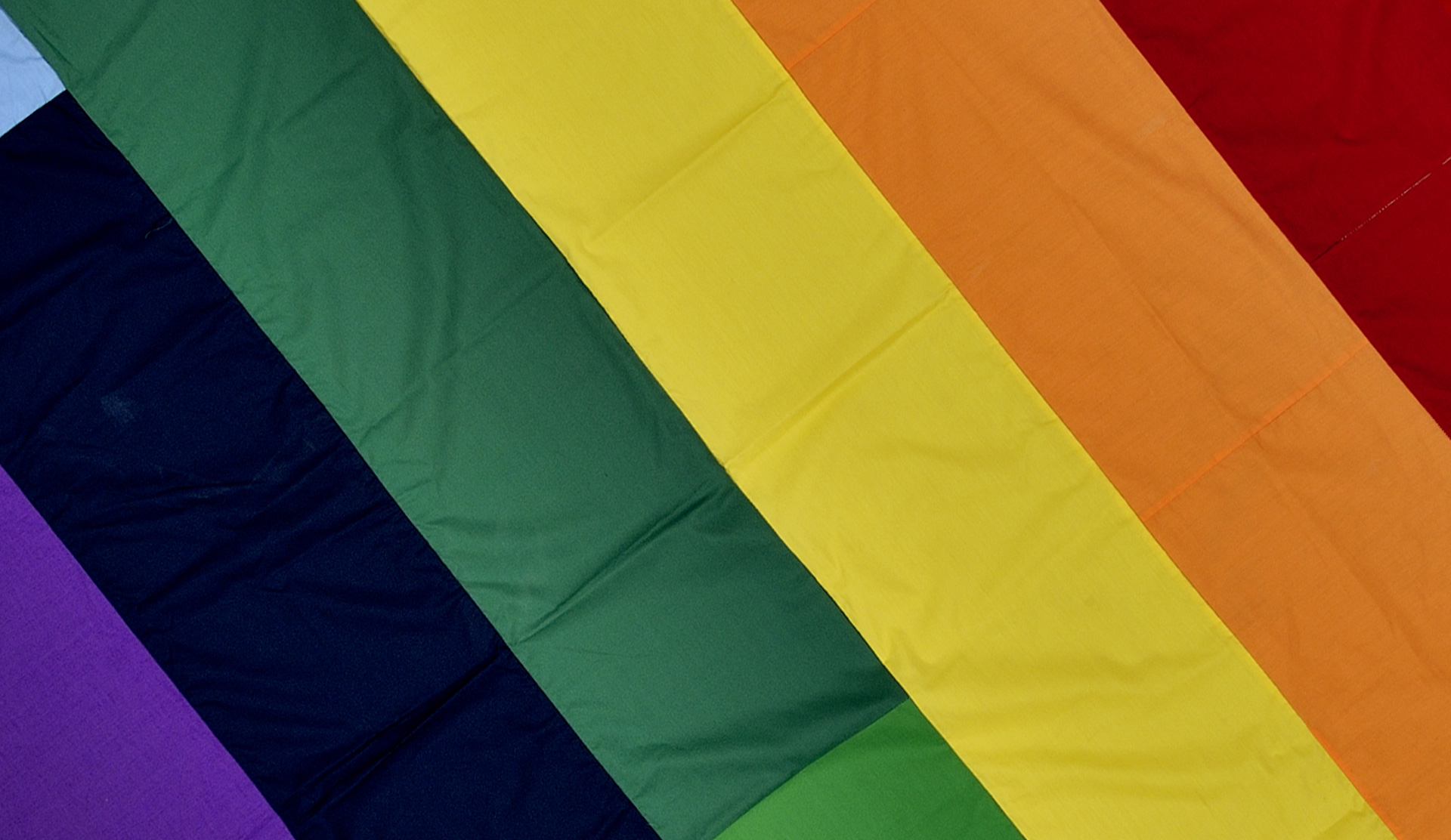
2SLGBTQIA+ History and Identities in Canada
2SLGBTQIA+ History and Identities in Canada
Gender and Sexual Diversity in Canada
Canada is considered one of the most diverse countries in the world. Its diversity is expressed in many ways, including race, ethnicity, language, religion and abilities. People in Canada also express their diverse identities through sexuality, sex, and gender expression. Sex and gender are distinct but related concepts. Sex refers to the reproductive organs and physical characteristics with which people are born, while gender encompasses someone’s personal and social identity as male, female, non-binary, two-spirit, and more.
A person’s sexuality, or sexual orientation, refers to their identity in relation to the gender or genders to which they are typically attracted. Today, the Canadian government champions inclusion and respect for diversity. It does this in its domestic policies, as well as internationally through participation in the United Nations and other global organizations promoting international security, trade, cooperation, and human rights.
Inclusion and the recognition of diversity arise out of historical and ongoing political and social struggles. Prior to colonization, sexual and gender diversity were recognized and accepted within many Indigenous nations.
Two-spirit is an important identity to understand in Canada. Prior to colonization, Indigenous nations existed free from current concepts of the gender-binary and sexual orientation. Different nations had different genders and sexualities; some nations had as many as 13 genders (such as the Navajo). Historically, two-spirit (2S) individuals were revered as healers, visionaries, medicine people, and caretakers of their communities. Two-spirit people were considered gifted beings who transcended the boundaries of male and female. Seeing life through the eyes of all genders, they were capable of restoring the gender fluidity that exists within the natural world. Today, 2S people are working to reconnect with those roles in their communities and undo the sexist legacies of colonial imposition of gender binaries.
Colonial systems and religious or patriarchal worldviews brought perspectives to Canada that did not accept sexual and gender diversity. Because of this, people in Canada who identify as two-spirit, lesbian, gay, bisexual, transgender, queer, intersex, asexual, and other sexual and gender identities (2SLGBTQIA+) have long been the target of discriminatory legal and social systems. They were widely perceived as deviant, and faced social and employment discrimination, and even criminal prosecution. The federal government’s “Gay Purge” (also known as the LGBT Purge) of suspected 2SLGBTQIA+ personnel from the federal public service and the military, from the 1960s through the early 1990s, presumed that they were a risk to national security. Early government legislation touting significant change — for example, the 1969 Omnibus Bill — was limited in scope, only partially decriminalizing homosexuality.
Many homosexual relationships and sexual encounters remained criminal offences. Popular queer social spaces such as bathhouses and bars were subject to police raids throughout the 1970s and 1980s. This persecution helped stimulate public assertions of “gay pride.” Celebratory community events such as early Pride marches were, and continue to be, affirmations of both community and protest.
The fight for 2SLGBTQIA+ equality and inclusion has led to significant legal and social change in recent years. Constitutional and legislative landmarks such as the Canadian Charter of Rights and Freedoms (1982), the Civil Marriage Act (2005), and various Supreme Court rulings were the result of continued community political and legal pressure. Despite these gains, however, many 2SLGBTQIA+ individuals in Canada continue to pursue more meaningful transformation.
In 2017, Prime Minister Justin Trudeau’s government issued an apology for the federal government’s role in systemic oppression, criminalization, and violence against 2SLGBTQIA+ communities. Although critics highlighted the limitations of the apology and its accompanying legislation, many community members saw it as another important step in ongoing work towards social and legal equality.
2SLGBTQIA+ leadership reflects a wide range of ages and backgrounds. Youth have played important roles in more recent efforts to recognize gender-expression rights, as well as in campaigns against homophobia and transphobia. Adults in the military and public service have challenged historical wrongs such as the LGBT Purge.
This package highlights key moments and themes through primary documents and objects, while also featuring the stories of 2SLGBTQIA+ individuals in Canada who have fought for change. The package was created in collaboration with the Canadian Centre for Gender and Sexual Diversity (CCGSD), with special thanks to CCGSD Executive Director Debbie Owusu-Akyeeah, and Education Program Coordinator Sammy Holmes. The Museum would also like to thank the interviewees in this package, including Dr. Tom Hooper, Charlie Lowthian-Rickert, and Todd Ross. A special thank you to filmmaker Debbie Mishibinijima, from Wiikwemkoong Uncededed Territory, for her assistance in translating her documentary film Niish Manidoowag (Two-Spirited Beings) from Ojibwe.
Museum Vision:
The Canadian Museum of History is committed to sharing diverse and inclusive stories that reflect Canada’s complex and diverse past and present. This package provides a rich array of primary sources tied to 2SLGBTQIA+ history in Canada. It embodies the Museum’s commitment to “dare to inspire tomorrow’s history,” by including current perspectives and stories from community members about their experiences, ongoing activism, and inclusion campaigns.
Content Advisory:
This package includes discussions of the types of sexual relationships and gender identities that were historically criminalized in Canada. Other accounts include experiences of bullying, transphobia and homophobia, and the accompanying mental health impacts of experiencing discrimination, including suicide. The Museum has provided mental health resources for those needing support on these themes.
 Activities
Activities
Topics
Identity and Belonging
2SLGBTQIA+ individuals are an important part of the Canadian fabric, and are represented in all aspects of Canadian life, from politics and sports, to education and the military.
Community and Protest: The Origins of Pride in Canada
Pride is a celebration of 2SLGBTQIA+ communities and identities, as well as a form of protest and affirmation.
Grassroots Leadership
Leadership and activism can take many forms, led by individuals who have fostered awareness and initiated change.
Decriminalization
2SLGBTQIA+ people in Canada fought for their identities to be decriminalized, and to end legal discrimination.
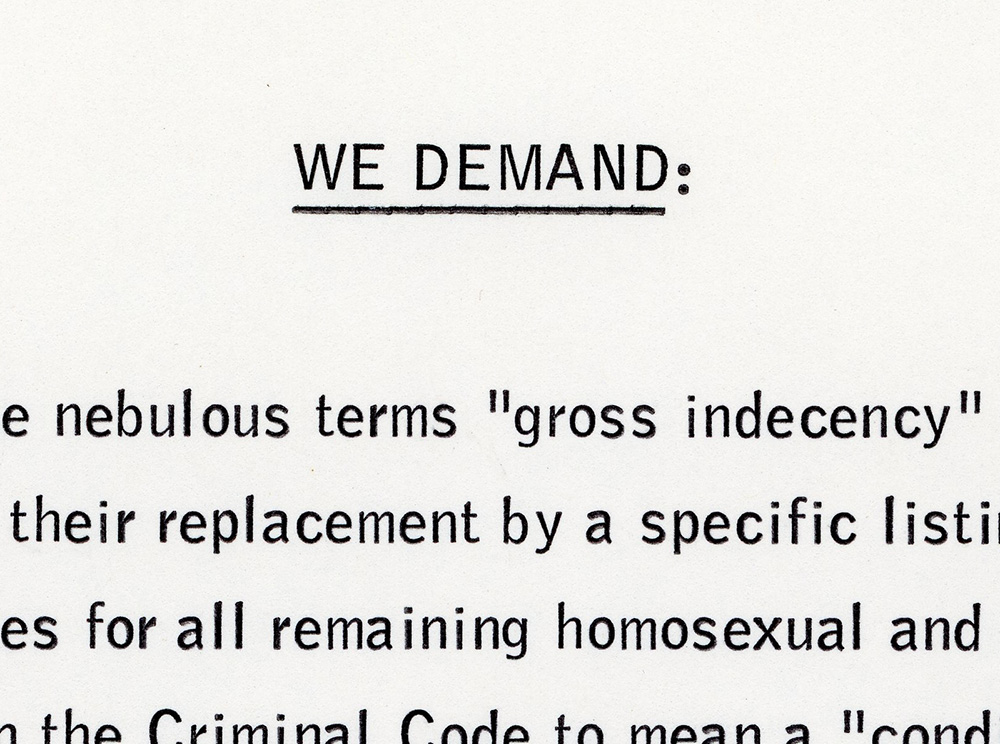
Demands Presented to the Federal Government from the Gay Action Committee
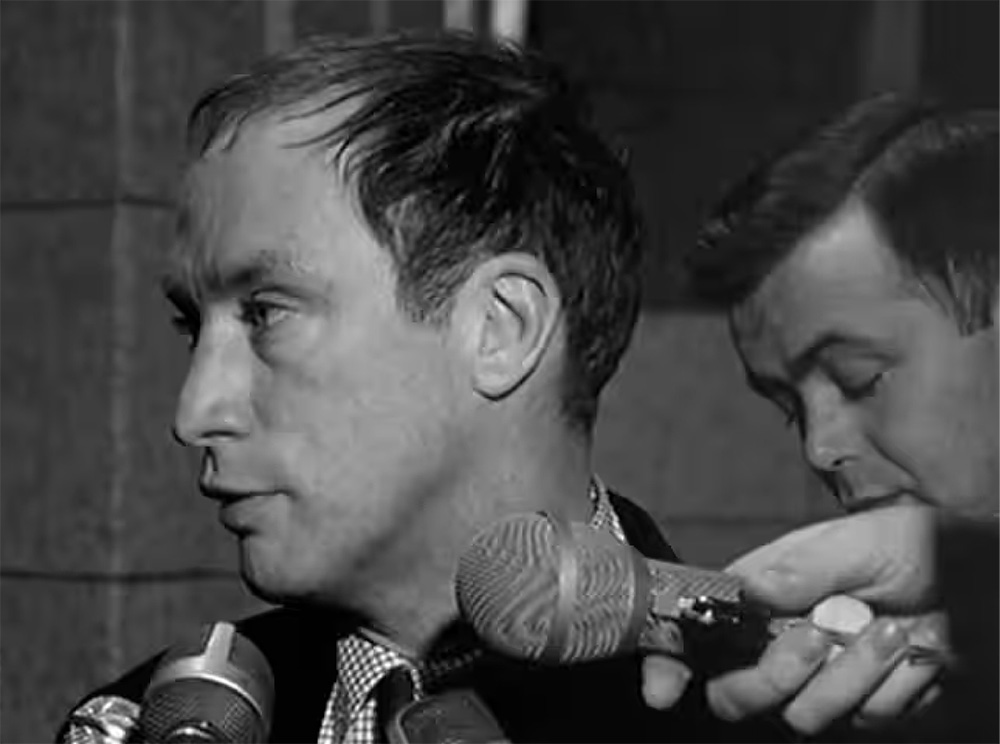
Pierre Trudeau speaking outside the House of Commons on December 21, 1967
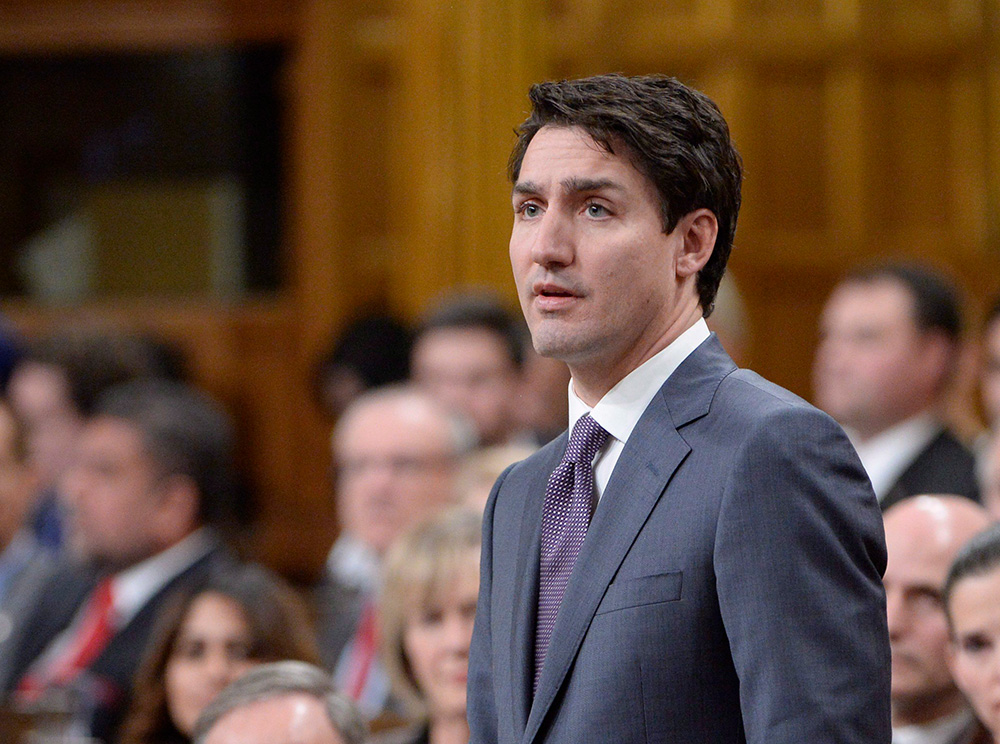
Prime Minister Justin Trudeau issues apology by the Federal Government on November 28, 2017
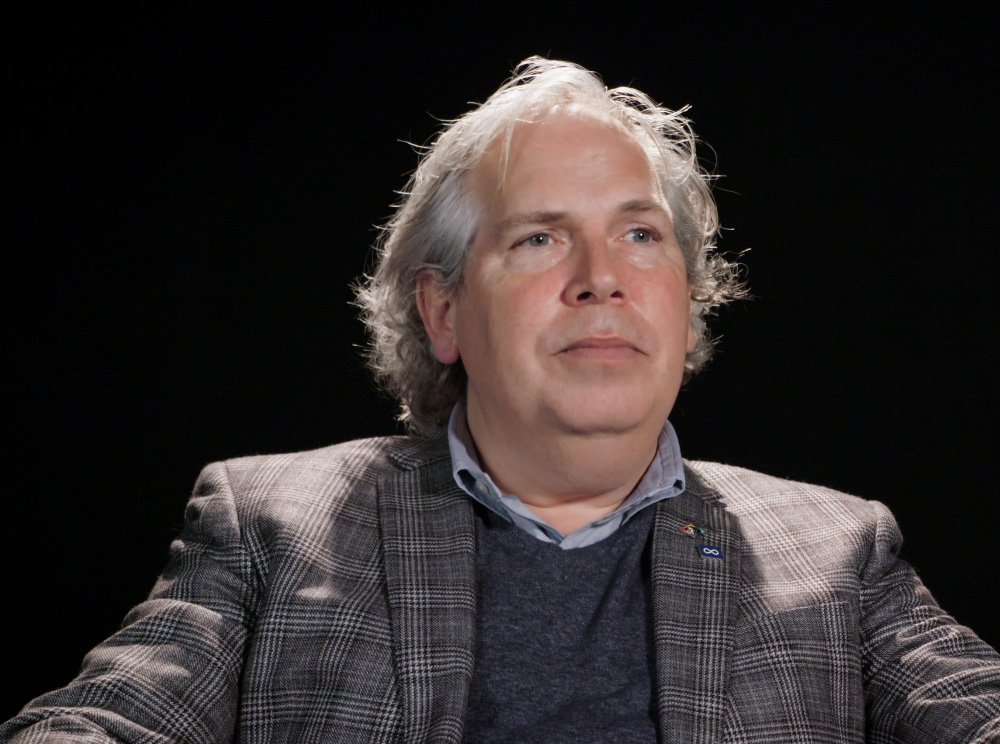
The “LGBT Purge” and the Canadian Military


 website
website
